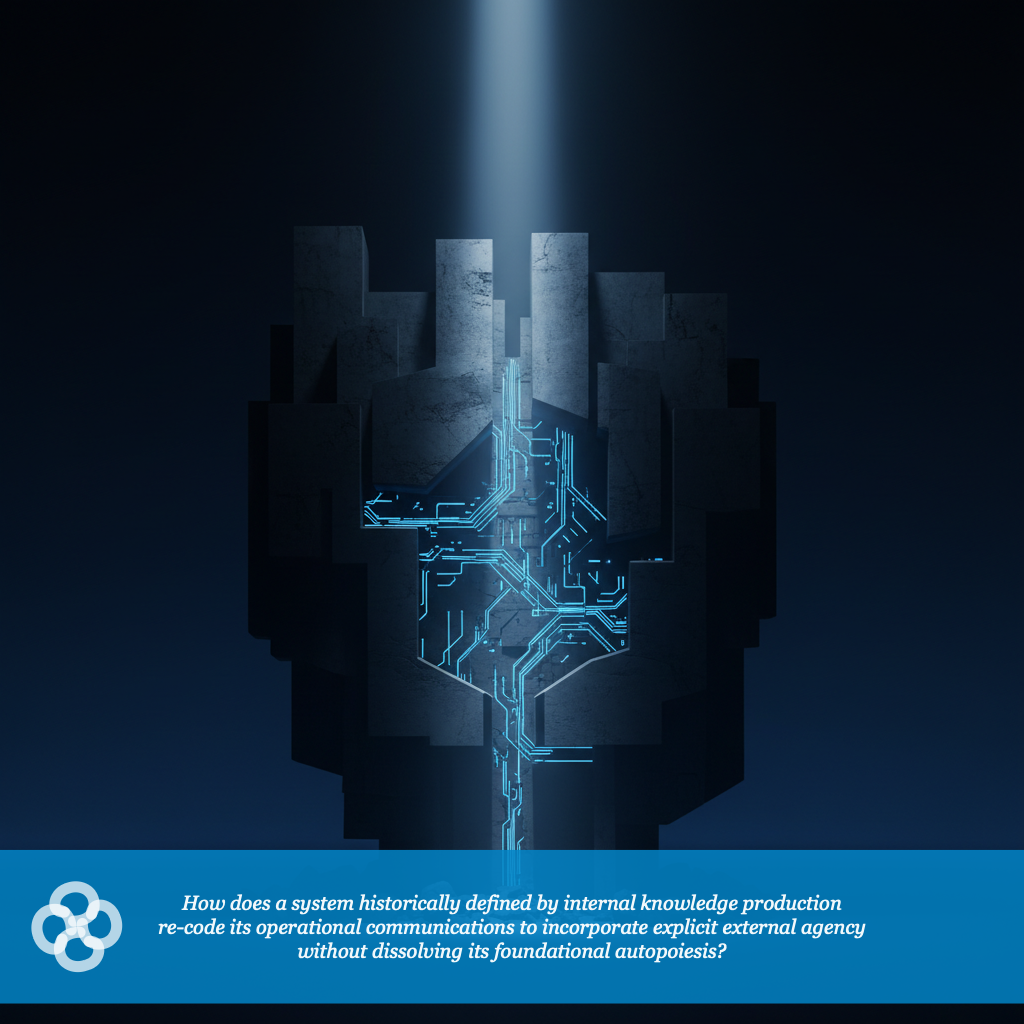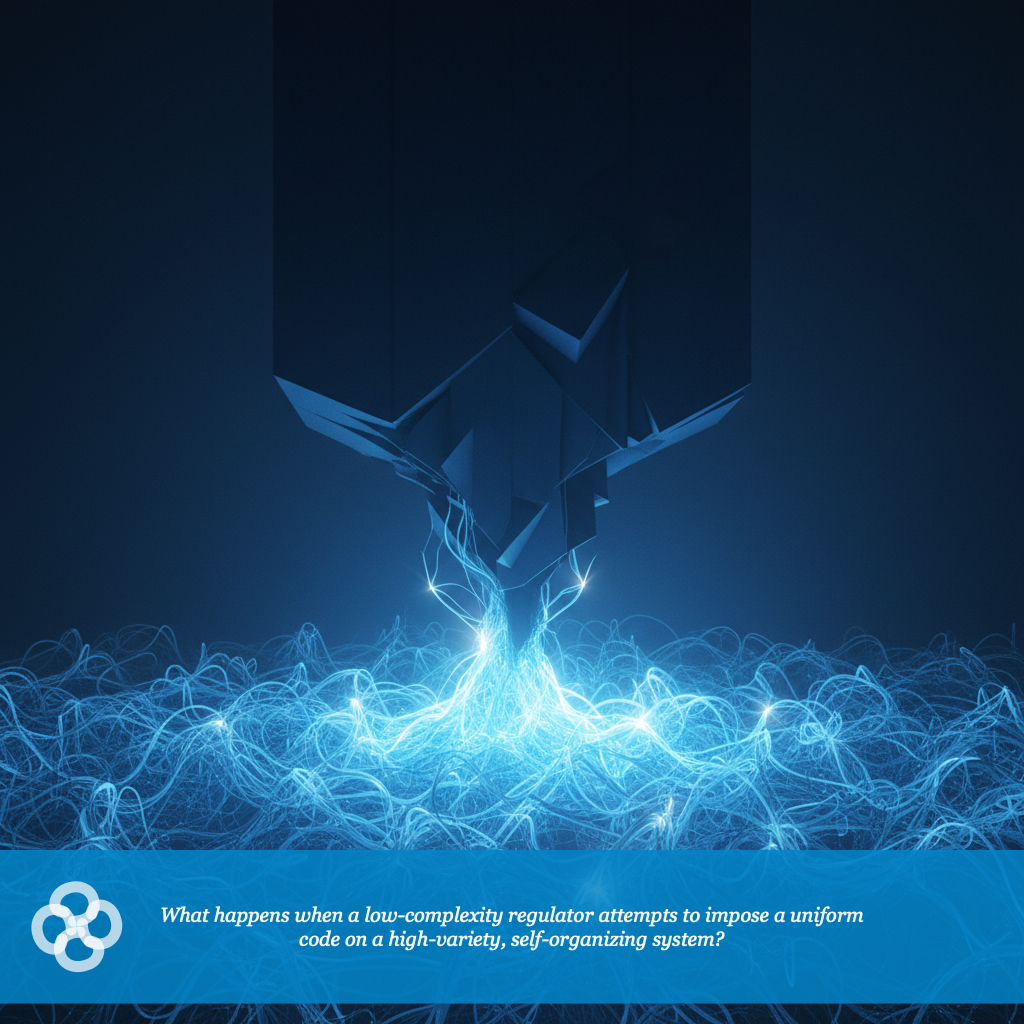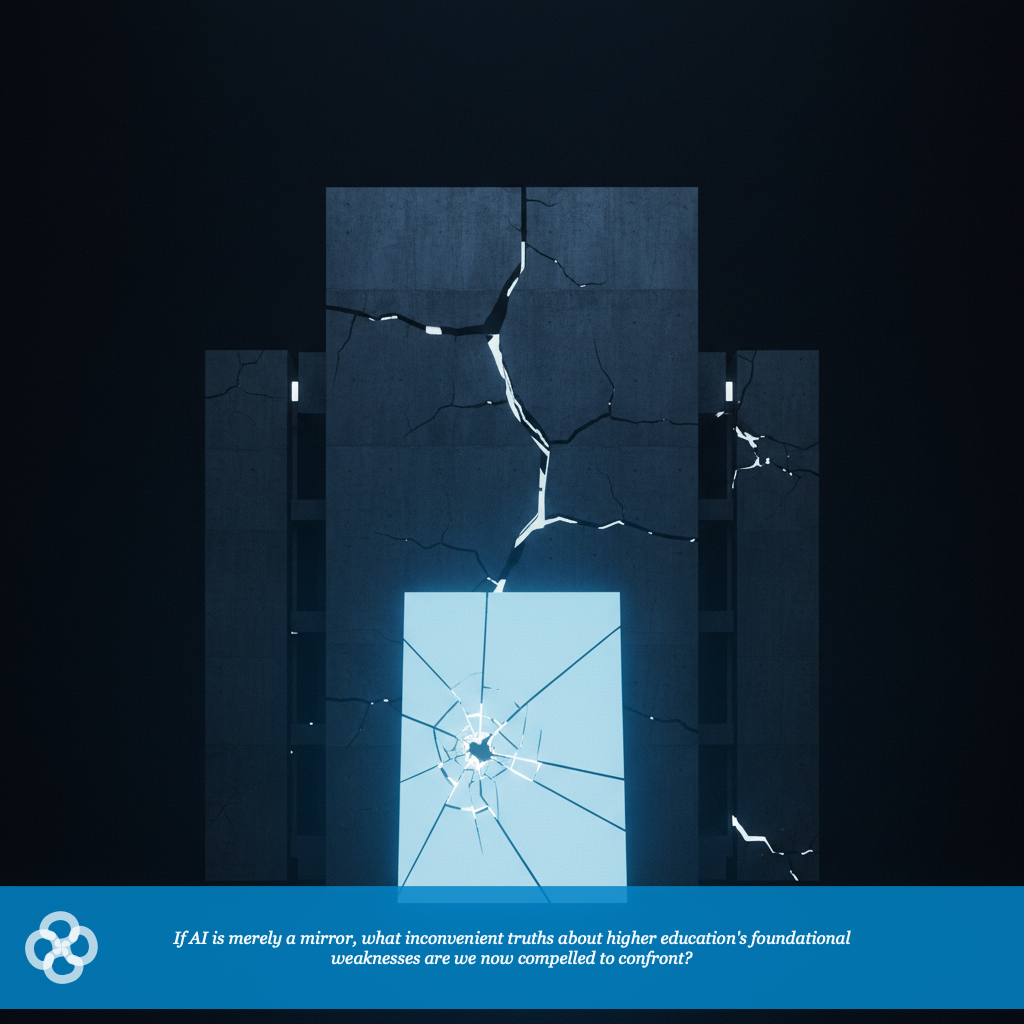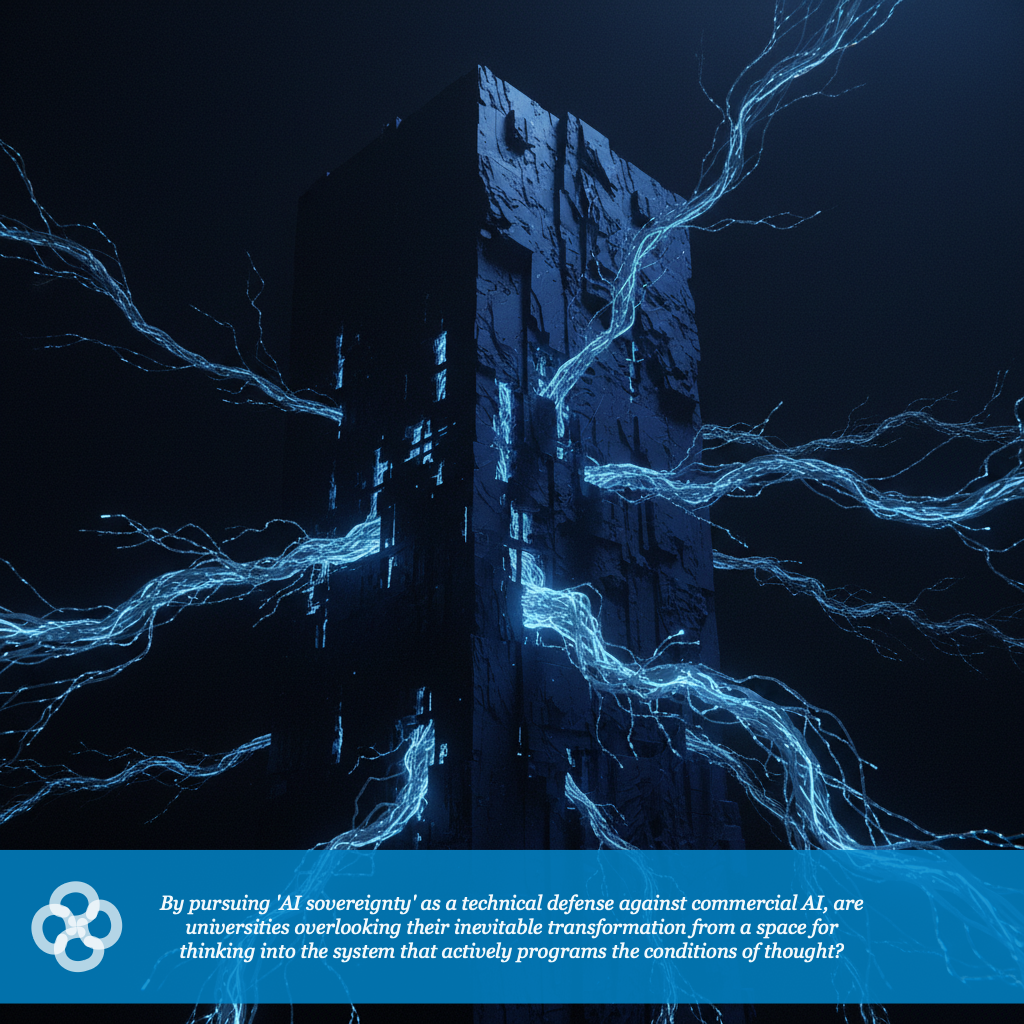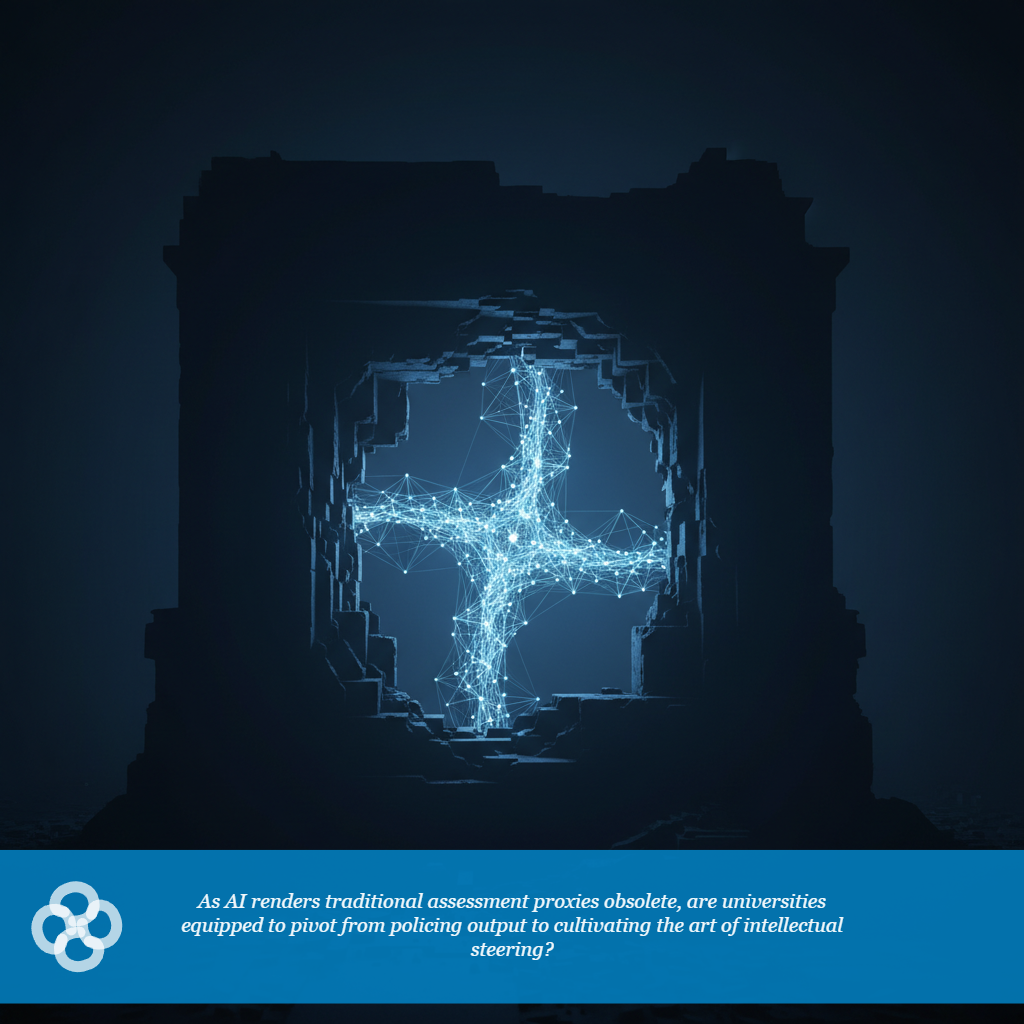Institutional ranking frameworks, like India’s NIRF, successfully drive measurable improvements (e.g., more research, higher faculty qualifications) by defining specific metrics. However, this very act of measurement creates a new reality […]
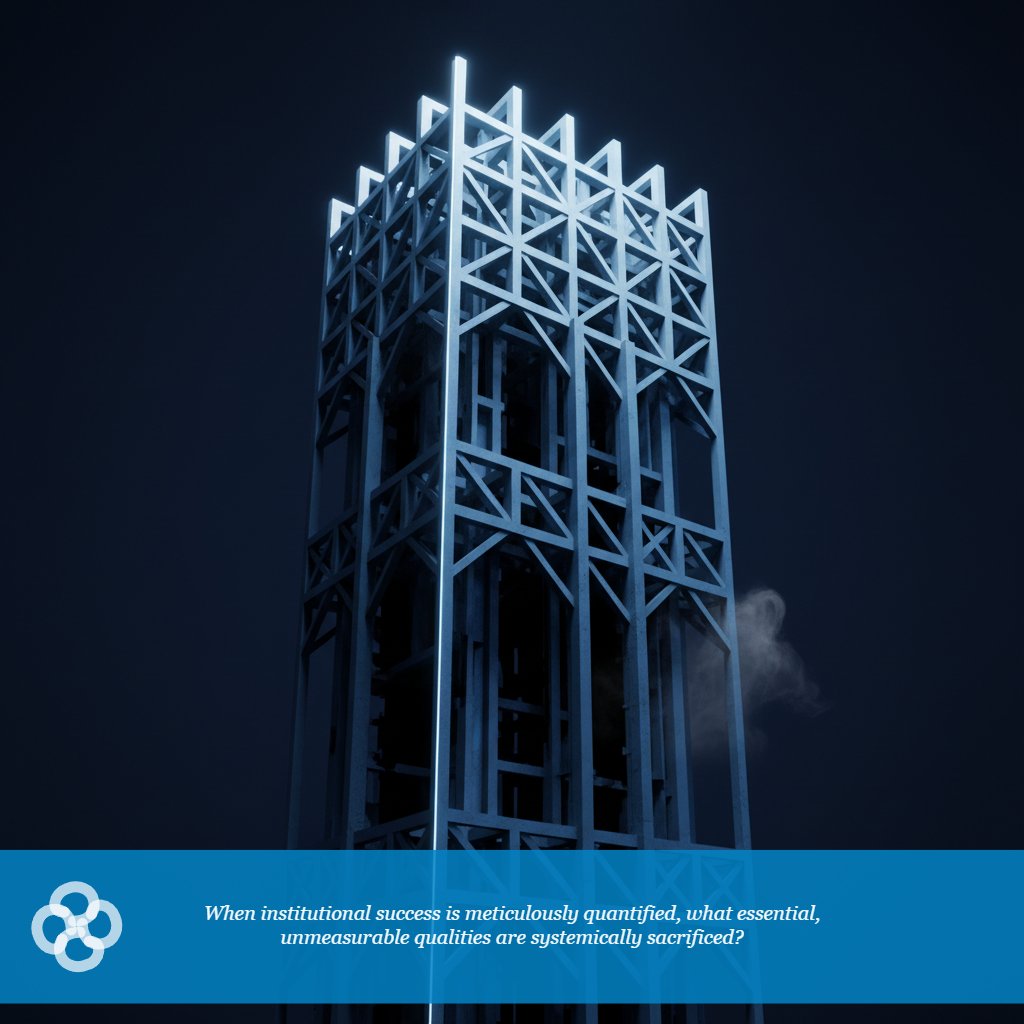
Comments on news and other commentaries on the state of the contemporary university.


